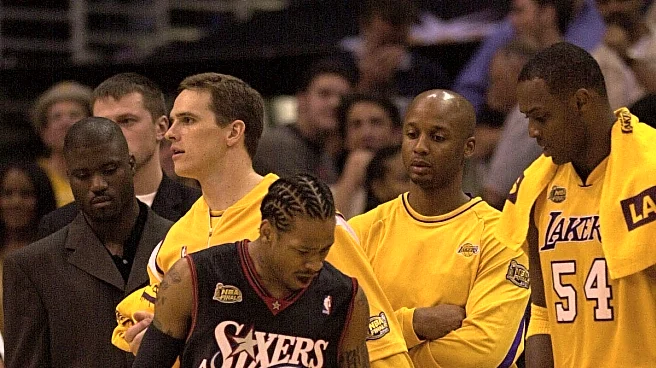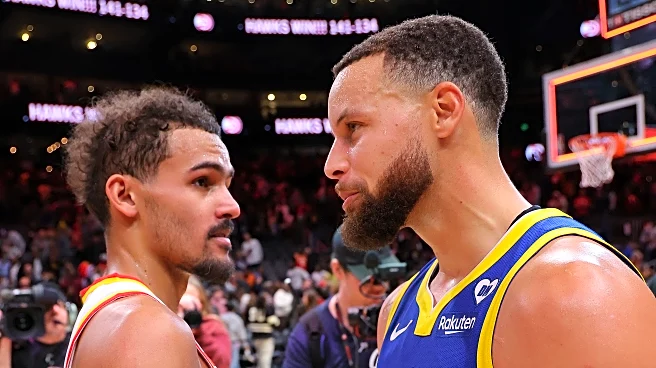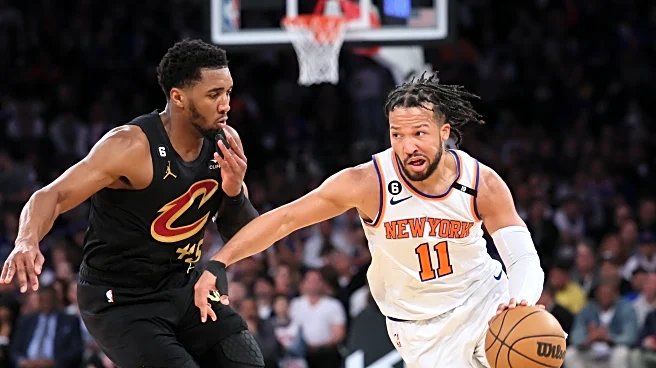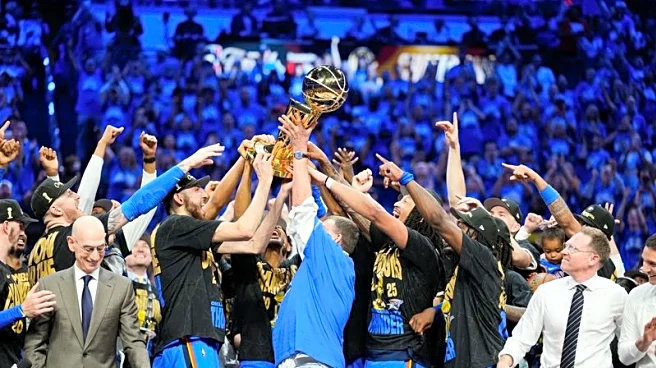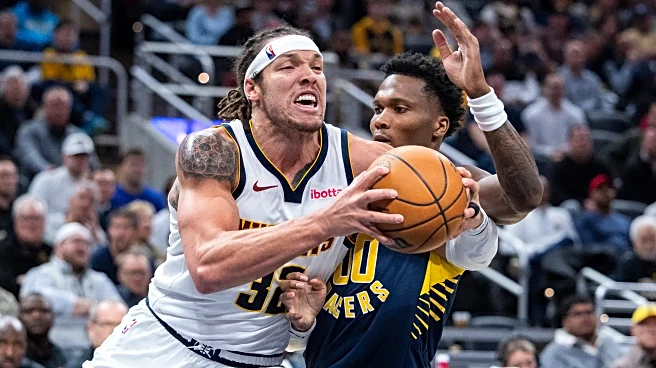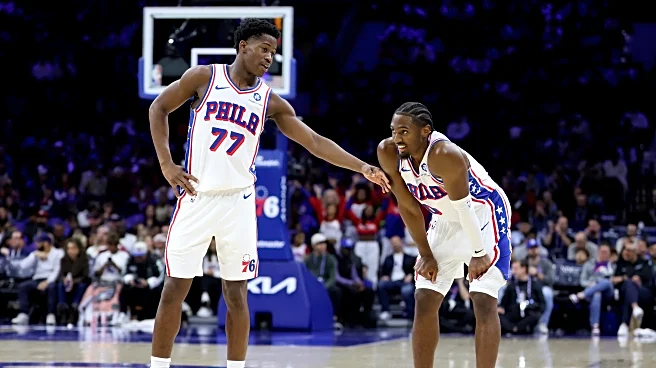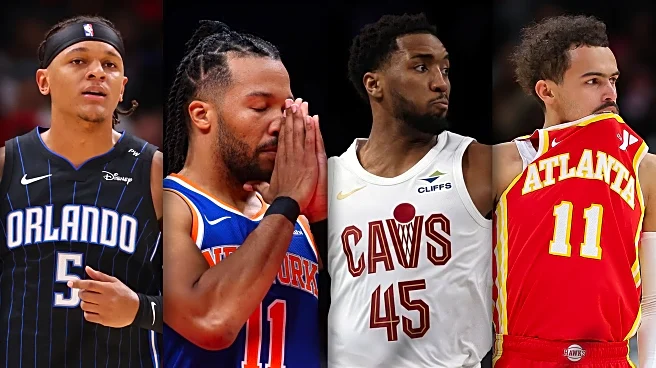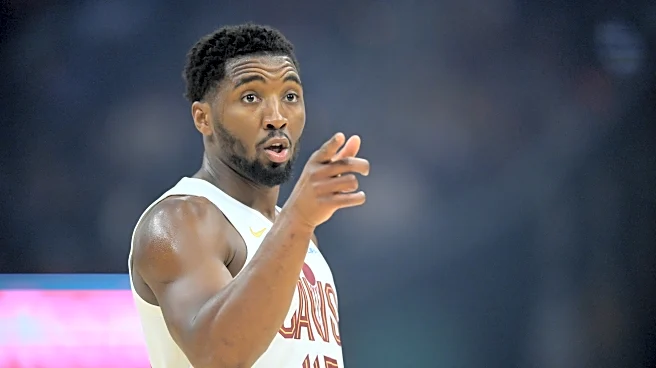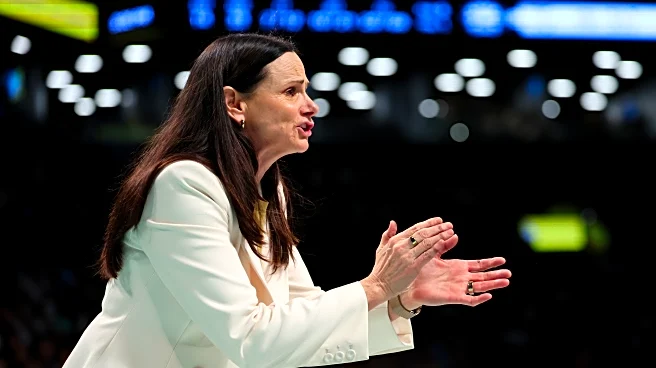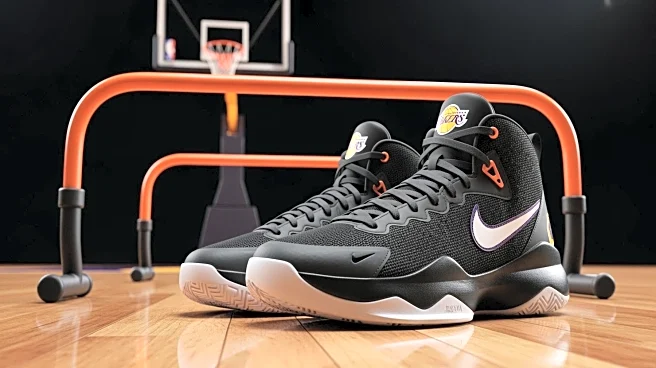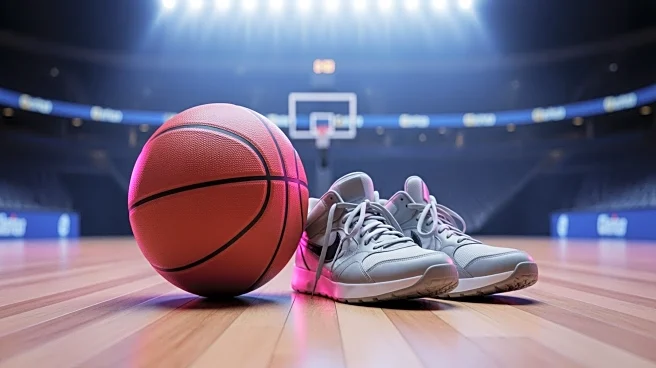For many people, myself included, the NBA on NBC represents the first era of NBA basketball they were alive for. To be clear, while there was a stint from 1954-62 in which the NBA was on NBC, the 1990-2002
run is a run that an entire generation of NBA fans grew up with.
Of course, it has to help that the widely popular Chicago Bulls and their pair of three peats in the 90s were going on while NBC held broadcasting rights to the NBA. It’s a fun irony for Sixers fans that the NBA returns to NBC in the same season the team will honor the 25th anniversary of the 2000-01 Eastern Conference championship. For every Sixers fan, the infamous “Roundball Rock” tune from John Tesh brings back great memories of such a magical run, none bigger than the iconic “stepover” moment for Allen Iverson on Tyronn Lue. Here’s another irony for you. As the NBA returns to NBC, Lue is still working in Los Angeles, except now he’s coaching the Clippers instead of playing for the Lakers.
The 1990-2002 “NBA on NBC” era also represents an era of NBA basketball that many fans probably miss when you think about the way the league has changed since. This was before the days of player empowerment. In these times, players from all the teams Michael Jordan was killing weren’t on the first flight to Chicago when the July 1 free agent period started. While many of the “rivalries” the Bulls had in the 90s were one-sided, I think many fans would agree with me in saying that the competitive fires that existed in the NBA from 1990-2002 were much hotter than the ones that exist in the league today.
Let’s not forget the personalities that existed in the NBA at this time — and it wasn’t just Jordan and his teammates in the Windy City. Remember Shaquille O’Neal’s quote about the Sacramento Kings, calling them the Sacramento Queens? That’s right, the Lakers and Kings used to be a real rivalry in the NBA! Sadly for the Kings, they haven’t been very relevant since.
I also think about some great uniforms in the NBA during the 90s and early 2000s. The Orlando Magic, Seattle SuperSonics and Utah Jazz were some of my favorite threads in that era. Surely, many Sixers fans are looking forward to seeing the old 2000-01 black jerseys come back for a few games this season. The Minnesota Timberwolves have also announced they will be donning throwbacks from this era in which Kevin Garnett put the organization on the map.
What about the rivalries that existed in the NBA in between the two three peats for Chicago? There’s an entire documentary about the battles Reggie Miller’s Indiana Pacers had with Patrick Ewing’s New York Knicks. There’s also one called “This Magic Moment” that highlights the mid-1990s Orlando Magic teams, one of which eliminated Chicago in the 1994-95 season in which Jordan returned to the Bulls during the year.
After the Bulls were broken up, we saw some new faces emerge in the NBA while NBC was still the league’s primary network partner. Unfortunately for Sixers fans, two of those faces were O’Neal and Kobe Bryant, who dispatched of Philadelphia in a gentleman’s sweep in the 2001 Finals. Tim Duncan would win the first of five NBA Championships with San Antonio in 1999, one that came with his dominant frontcourt mate, David Robinson.
After all of this nostalgia, some of you might be thinking, well, how much different really was the NBA then compared to now? In addition to the three peats from the Bulls, we saw the Lakers three peat in the early 2000s and the Spurs grow to become title contenders almost every year. So, yeah, from a parity standpoint, the NBA was still pretty top heavy, as it always has been. It just felt like the cultural vibes were a little bit different then. The uniforms were awesome. The bad blood between contenders was real. The emergence of new stars allowed for the league to continue to thrive after the Bulls won their final championship of the 90s. As another season begins, if you’re having some of those thoughts and are spending some time thinking back to what the NBA was like 25-35 years ago, you’re not alone.
